Research trip to National Archives and National Army Museum
Photography by Raj Gedhu
Today we were taking our young people on a research trip to The National Archives and to National Army Museum. This trip was going to be special for two reasons - the first was that our young people would be researching with industry experts and engaging in workshops. The second, the young people were excited to be going to Chelsea as they had never been before. They were constantly asking if I knew the cast of ‘Made in Chelsea’, sadly I do not and all I could offer them was a day of learning research skills and the importance of war dairies and artefacts. Today was going to be a very educational day for our young people as they would be learning about the men and stories that we often not familiar with.
When we arrived in the morning at The National Archives, we were taken to a private learning space. The young people were given a small quiz to test their knowledge about what they know so far about the South Asian Soldiers contribution to the war. They didn’t do too bad, considering many of them don’t know anything about the contribution made by South Asian Soldiers during First World War. Joined by historian Paula Kitching, we got to learn about the use of war diaries and gained skills in how to use an archive for our project. This was useful for the young people as next year many of them would be starting university and some of them were going to study history, so learning about archive material would be important.
Split into mini groups the young people were shown original archives detailing the journey of the South Asian Soldiers. The experts had laid out the various maps, images and war diaries that would help create our exhibition later in the year. The maps were useful as they detailed the journey the men had travelled - accompanied by the war diaries, the young people were able to learn how this documented diary is vital in knowing all their movements. One of the diaries documented the men who had been killed and wounded - the list was handwritten and it gave the date they were killed. In war diary WO 95/3923 five men were documented as killed and many more wounded. This list highlighted to our young people the reality of the war and how far away from home these men were. On another page it was documented “the trenches were in a very bad state”, alongside it, another list of the men who had been wounded and killed. The maps where the main highlight as the young people could now identify where the Western Front is - they had heard of it but didn’t know what it was exactly.
Getting back on the coach, we headed to Chelsea. The young people took in the sights and discussed what they had seen on television and that somehow Chelsea was very different to how they had imagined. Arriving at the National Army Museum, they were in awe of how big the museum was. As it was their first time stepping into a museum and having a private tour with an expert, the young people could not wait to start exploring. We were met by the curating team and they started off challenging the group by asking if they would choose to be a soldier. After their initial answer, they were taken through the museum learning more about the experiences and conditions that these men had to experience. There were various uniforms on show and all around us on the walls were statistics of the men serving and details of their ranking in the Army. For the South Asian soldiers at the time, promotions were rare and the chart on the wall listed the ranking order and the names - such as Sepoy, have been replaced. There was so much to see as well as an interactive table where the group were quizzed on their knowledge of food that was eaten by the Indian soldiers at the time. Before heading to our workshop, the young people were asked again if they would consider being a soldier. Now that they had learnt about what they endured, many of the young people answered ‘no’ because of harsh conditions that the men faced.
In our workshop the group learnt what an artefact is and how it is important when we are researching history. The last time they visited a museum was in secondary school and they had not learnt why artefacts and documents that they had in-front of them were important for projects like ours. In the workshop the young people were split into smaller groups and each table had different items and they were asked to present them to the rest of the group. It was important for them to learn to interpret what artefact/archive they have for our project.
They got to handle a rifle and wear pieces of the uniform worn by Indian troops. The weight of the rifle was heavy and they were shocked that in the blazing heat these men would have to carry something so heavy. The other group were researching letters from soldiers - this had given them an insight of the range of themes that emerged and how they were censored.
There were books from each faith - Muslim, Sikh, Hindus - and the group got to touch the original artefacts. In another book where surnames written of Indian soldiers and next to it, how the British had ranked them. For instance if you had the surname ‘Deo’, you were considered great but the surname ‘Sahota’ was fair - the ranking system caused quite a stir.
After the workshop was over, the group got to walk around the museum for themselves. Going to the top floor and ‘Media and the War’ section was what they loved the most. It challenged what it is shown in the media to what they know now. One of the young women turned to me and said:
“Miss, we all know now that the war was not just white faces, when will we see the brown faces in the media?”.
There are ‘brown’ faces, the young people just haven’t been introduced to them yet. The project will introduce them to these faces and the stories.
With thanks to the experts at the National Archives and National Army Museum, the young people had a brilliant time learning about the history of South Asian soldiers and this would help them when we would start our creative responses. For the young people, being able to come to Chelsea is an experience that they will remember for some time.









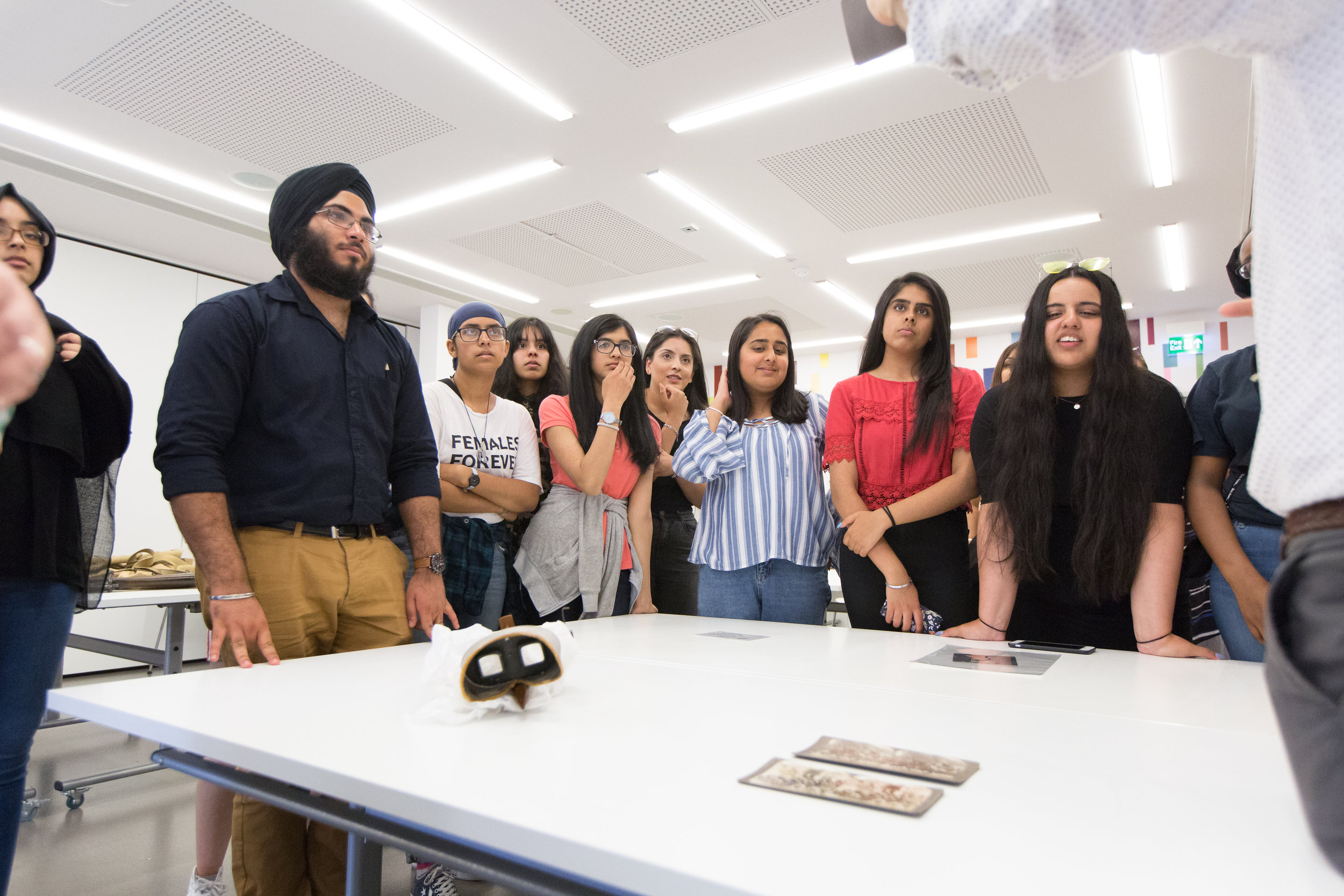


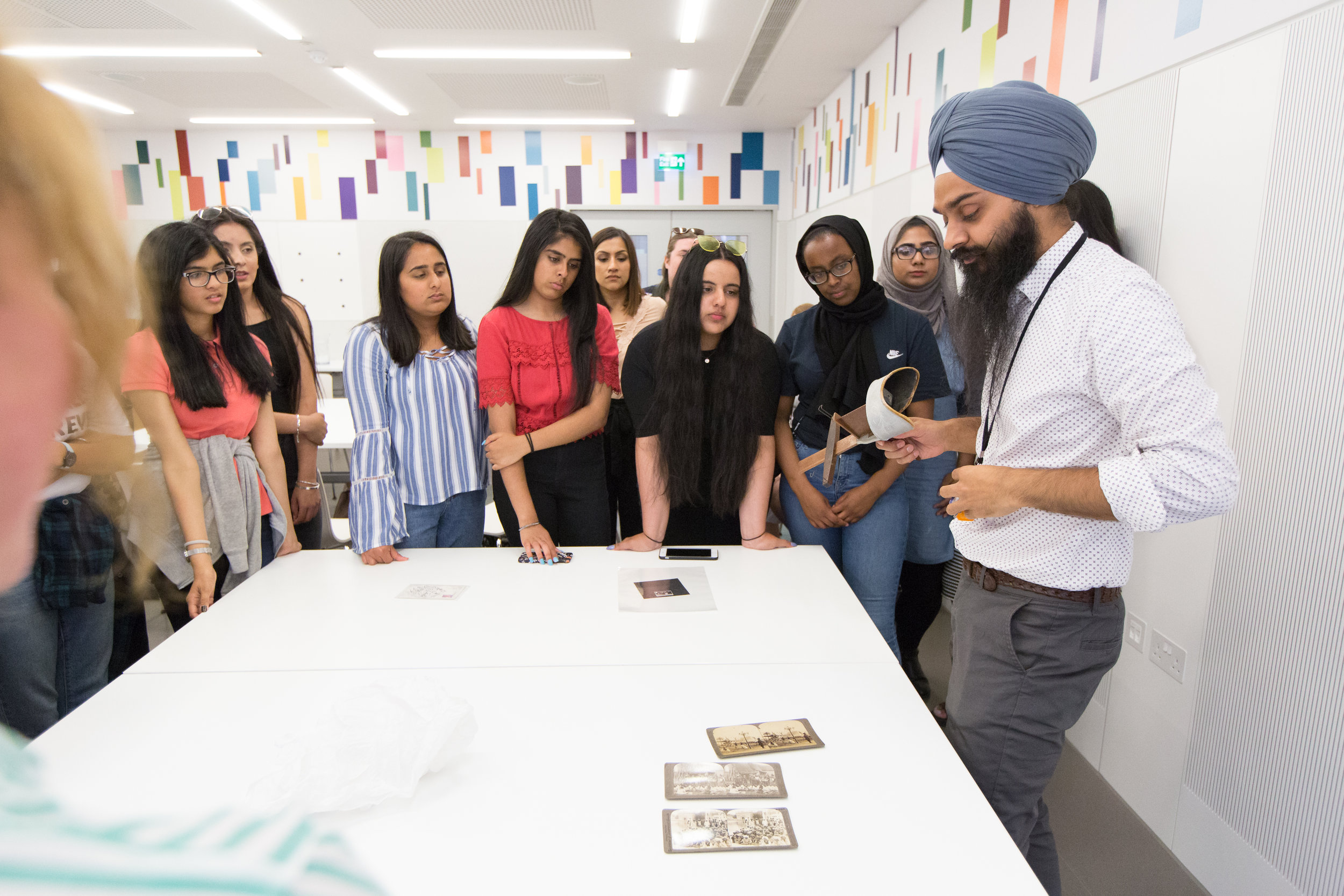


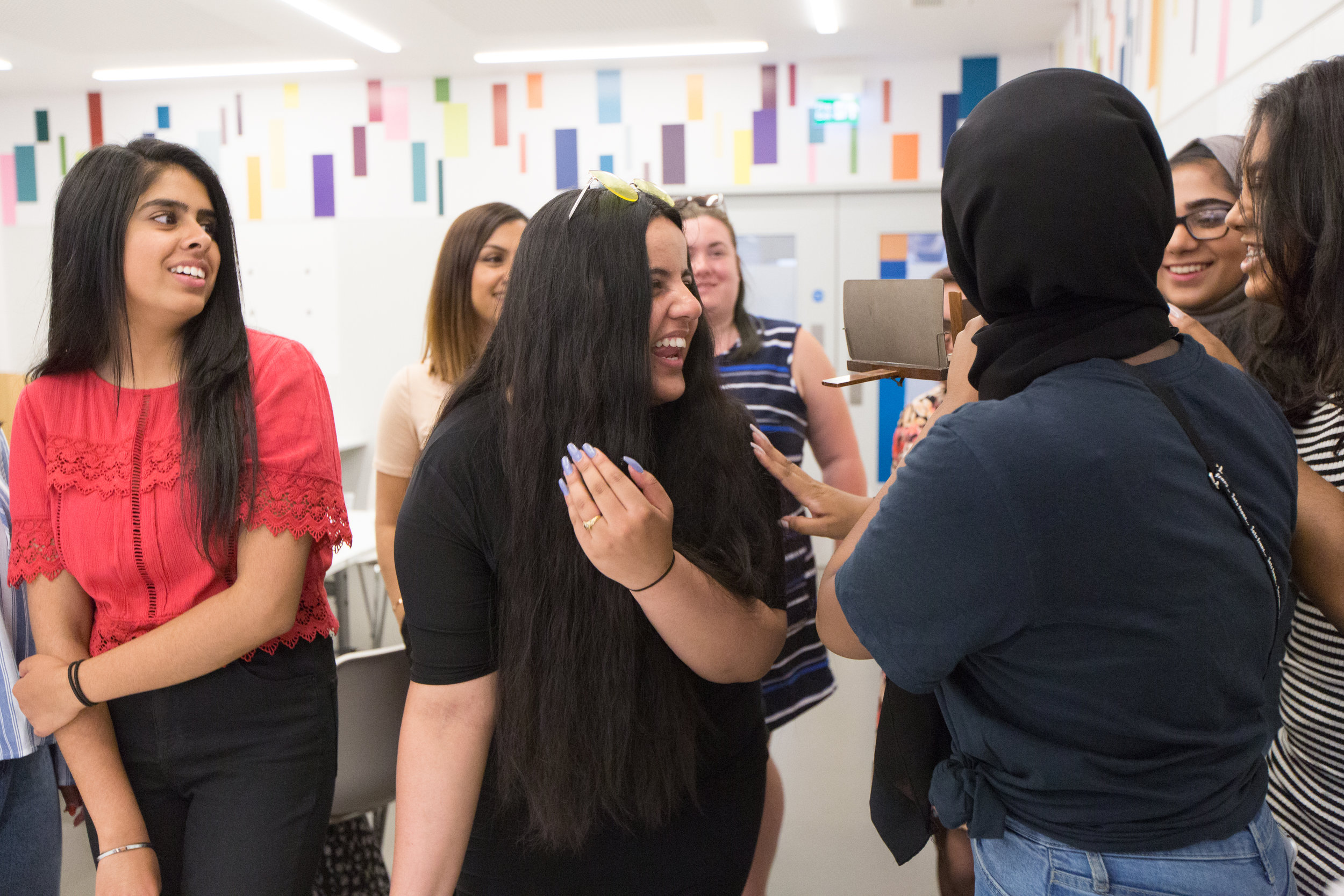


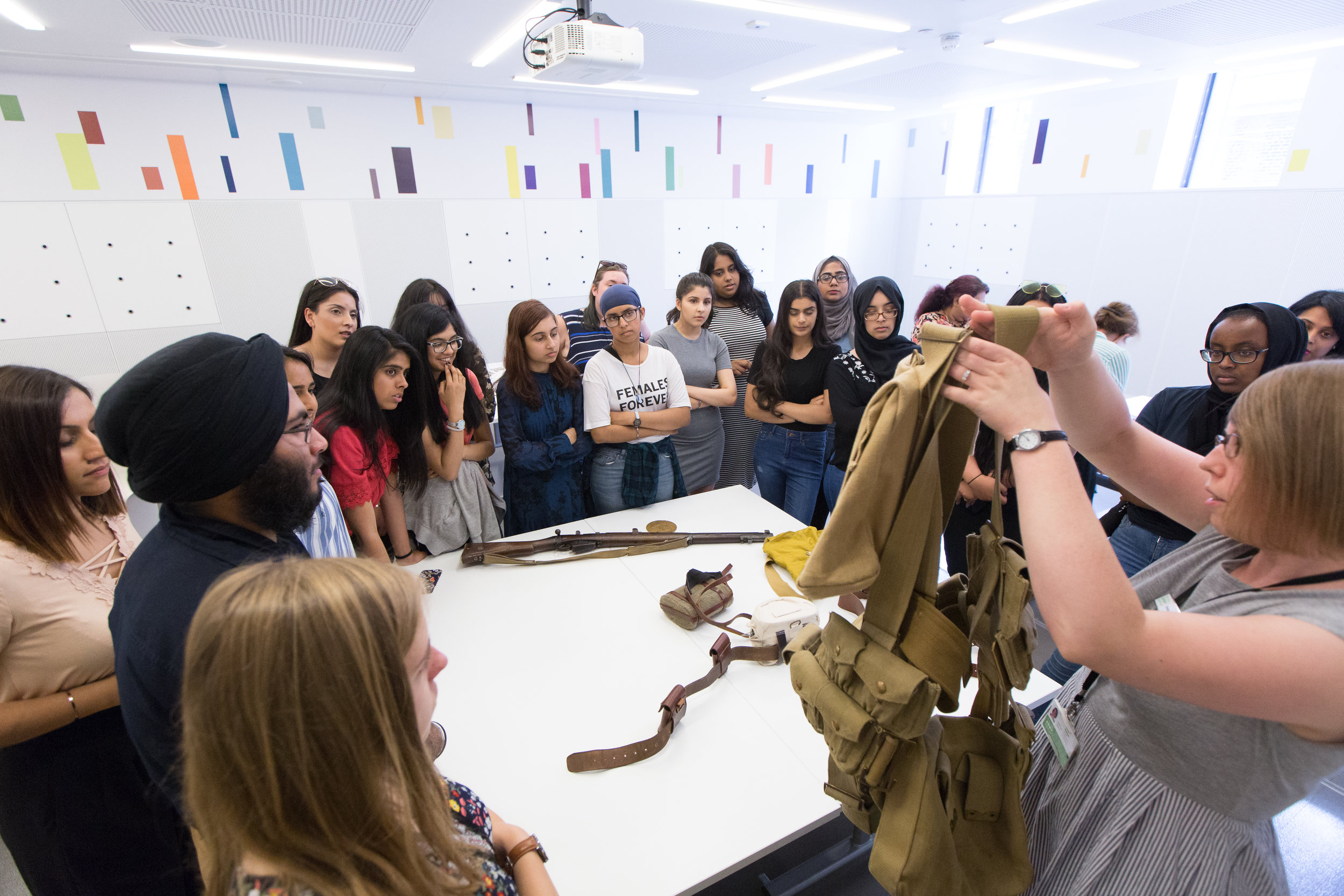



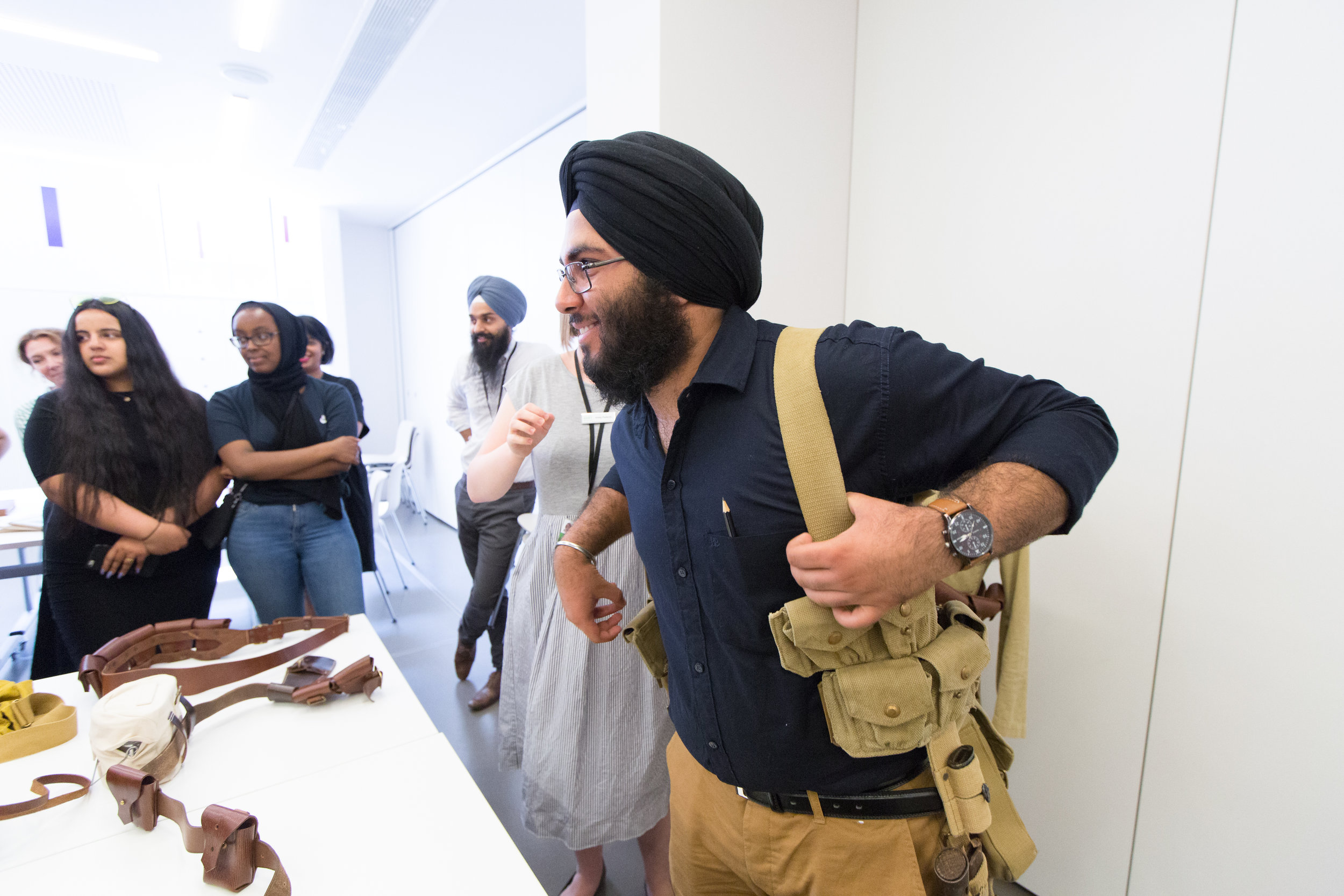

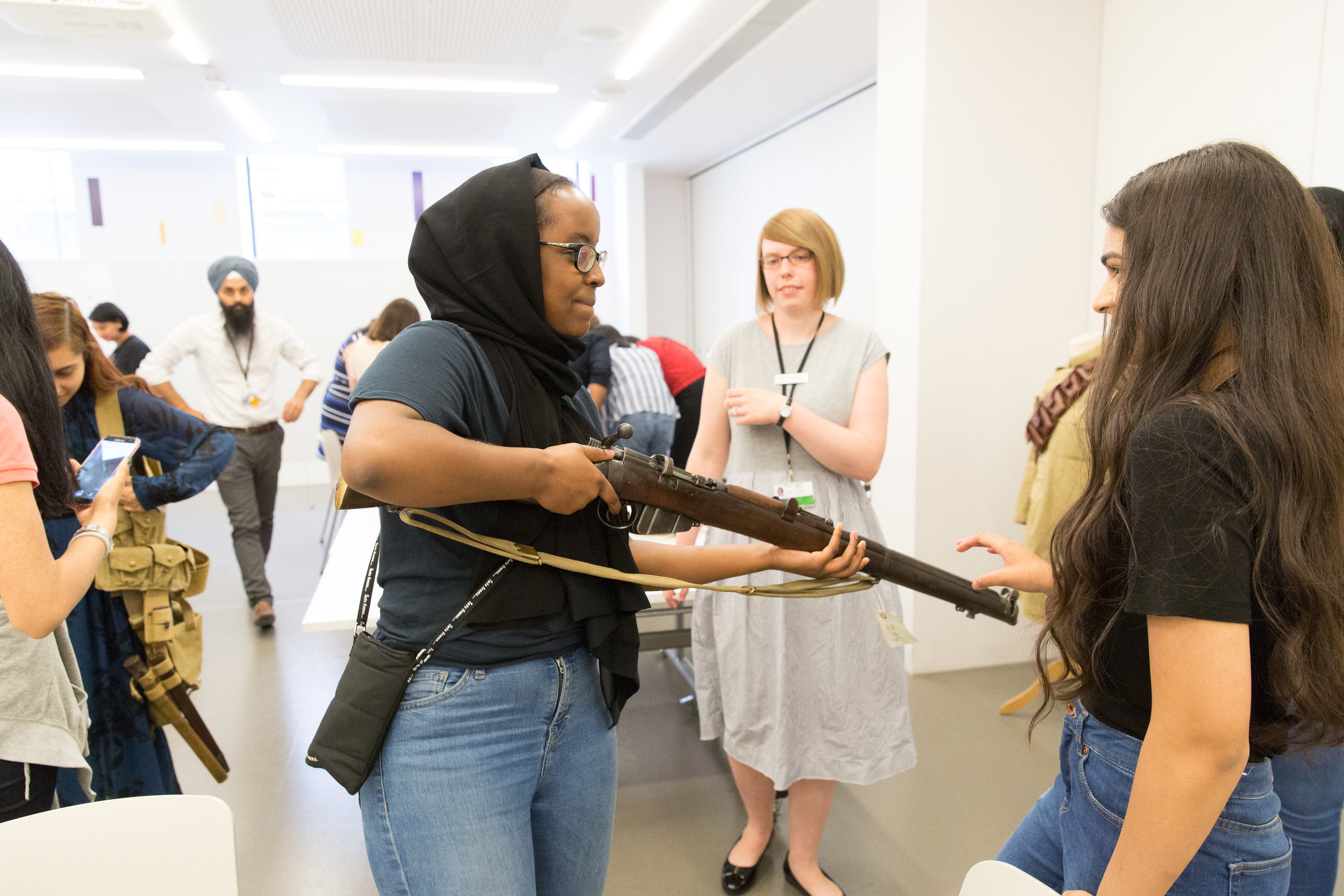



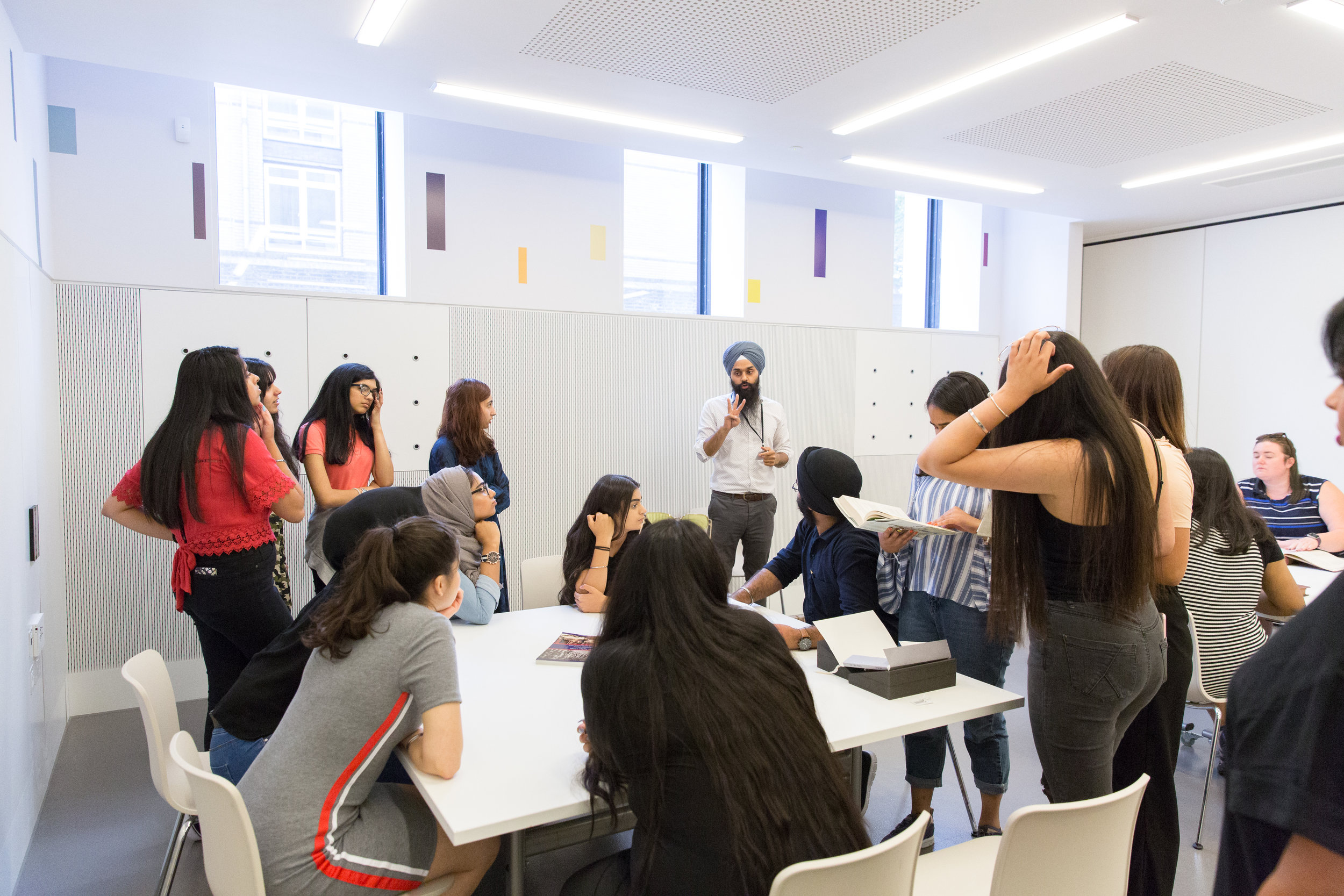


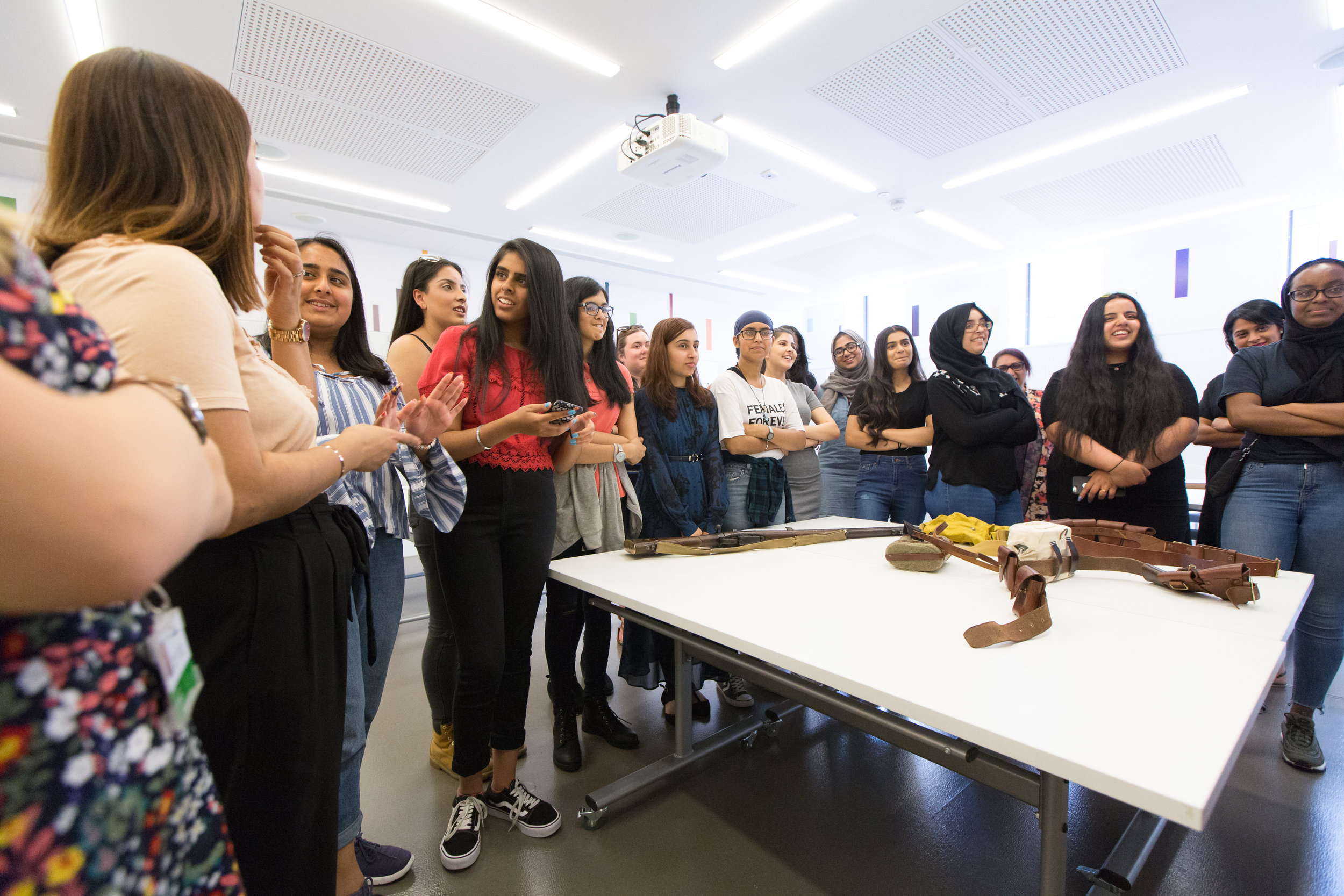


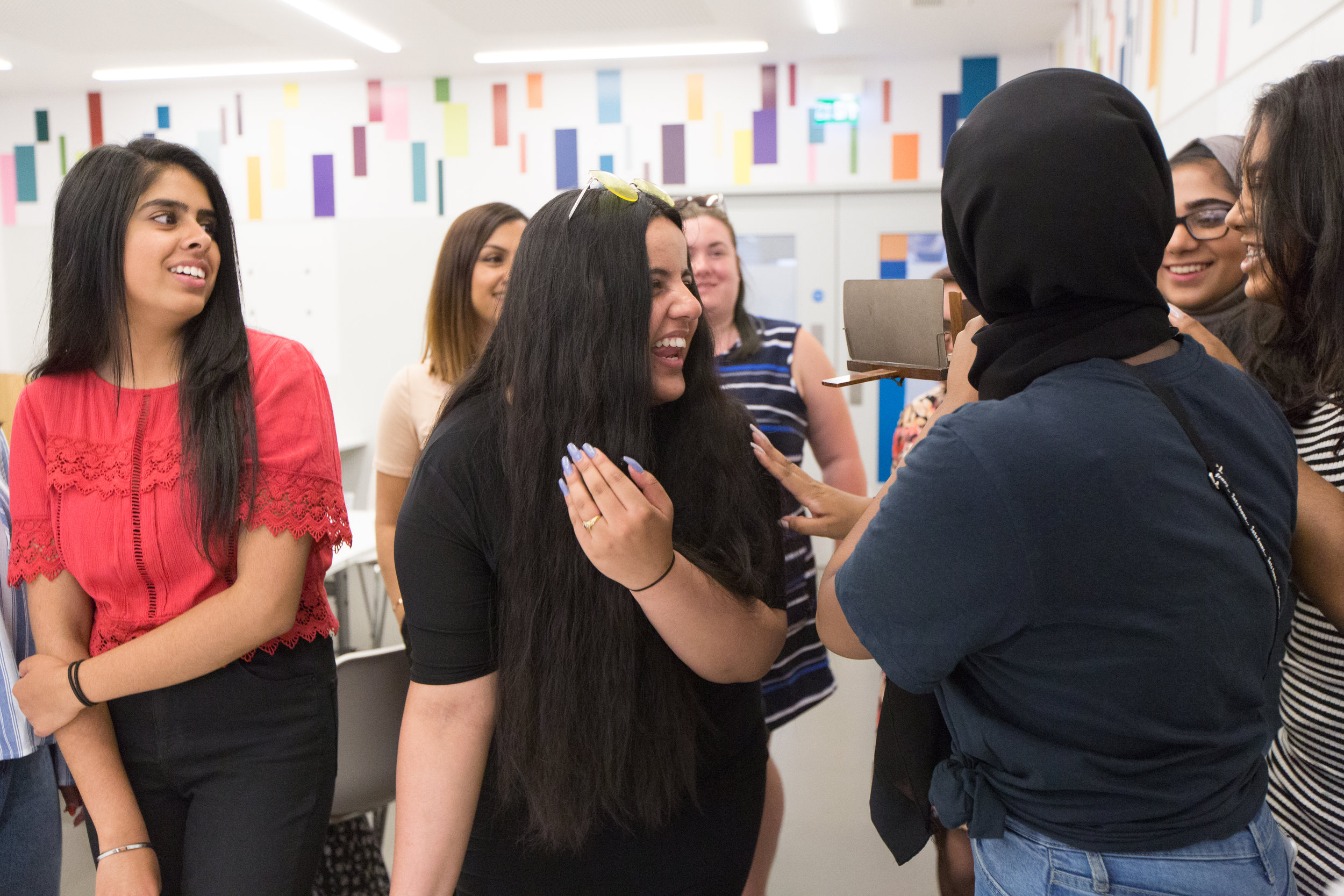


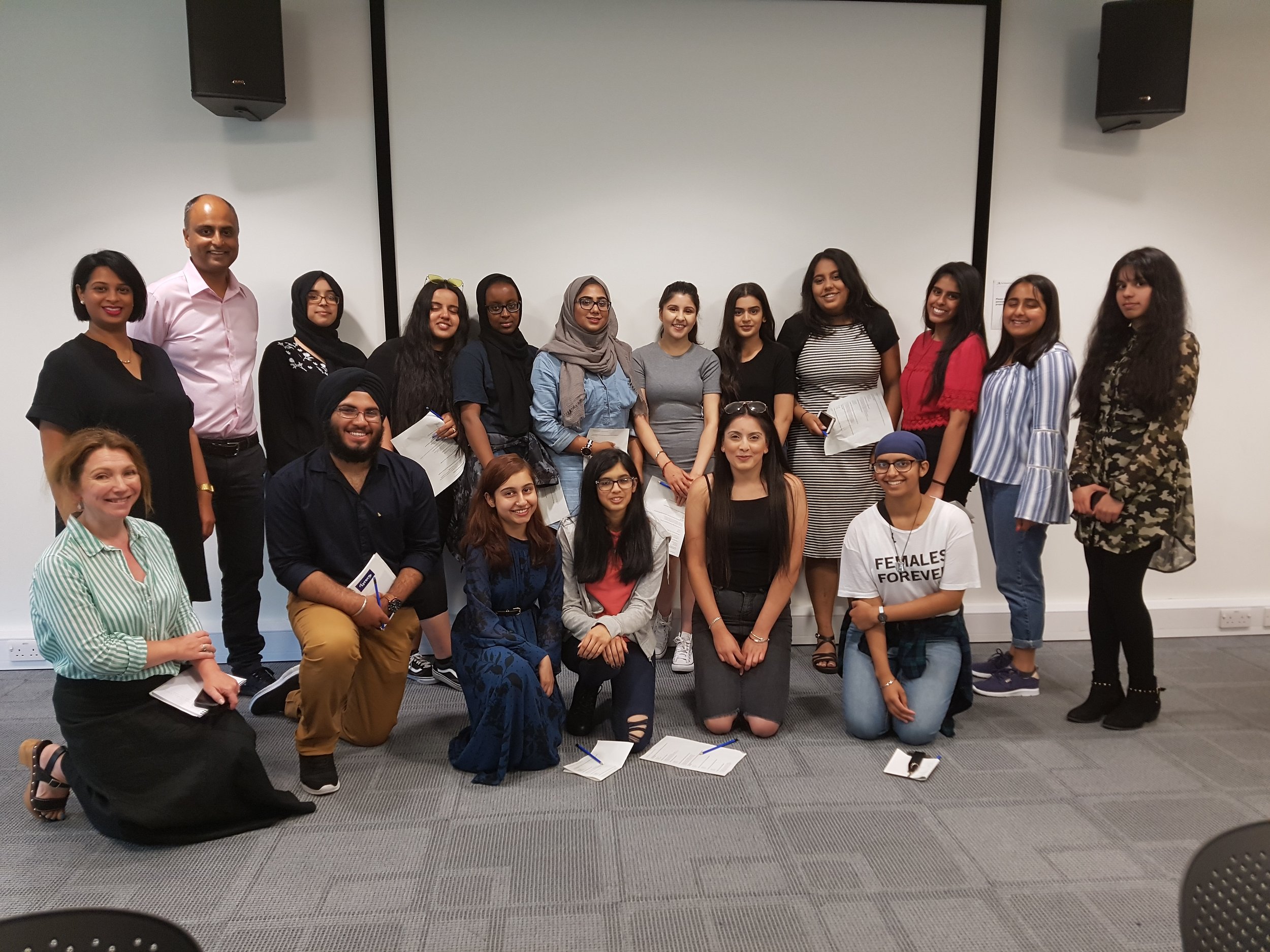


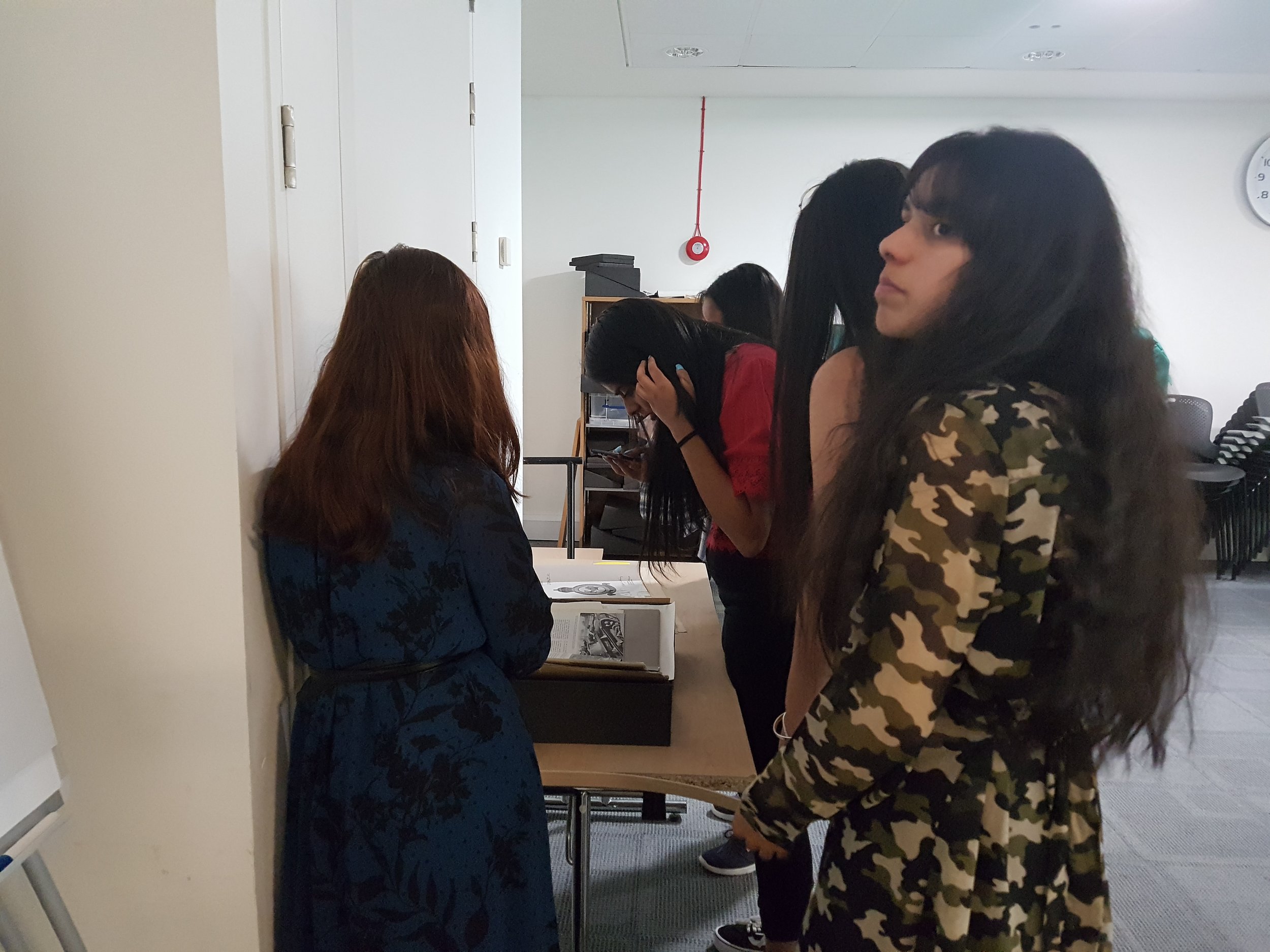

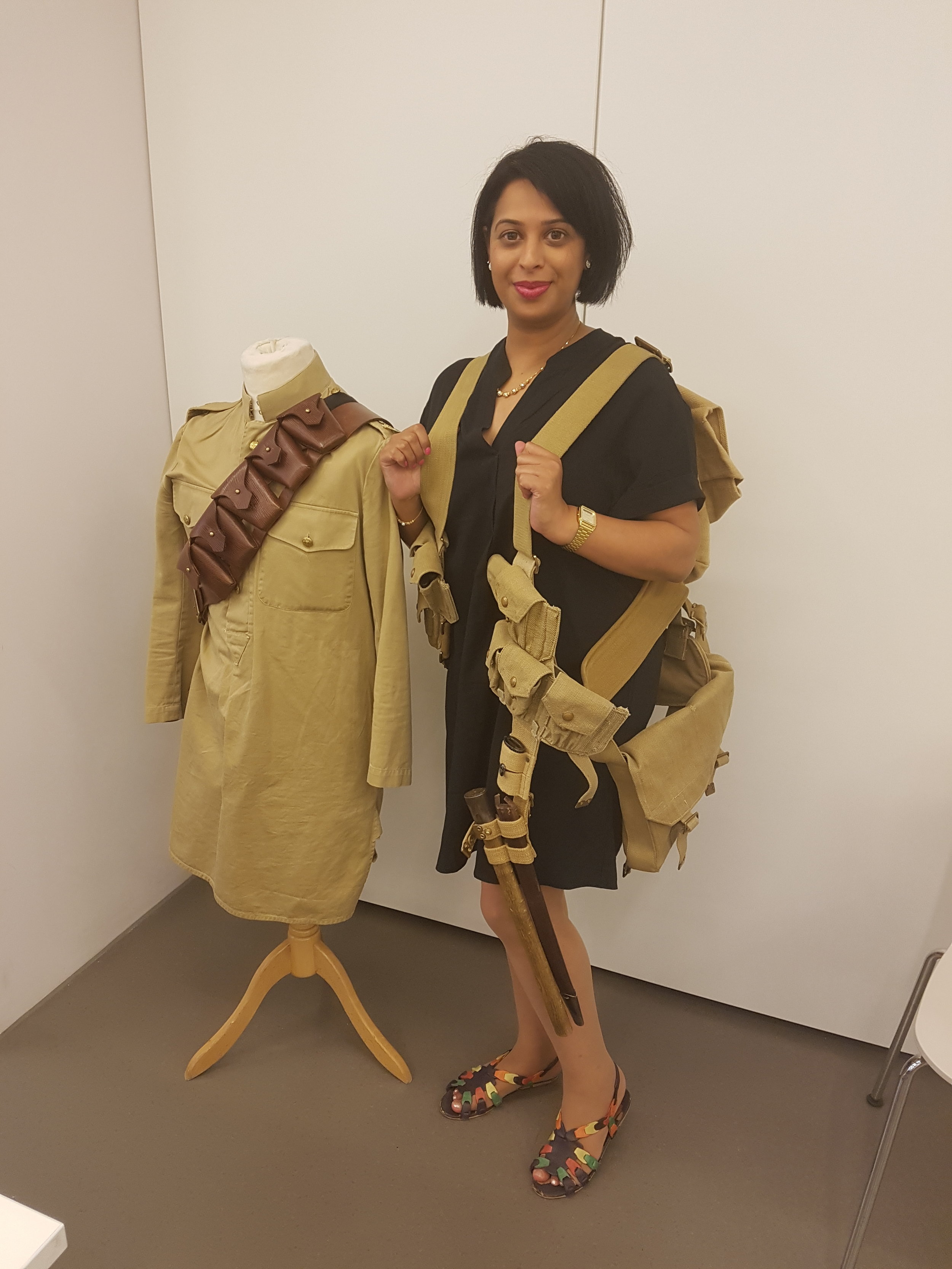




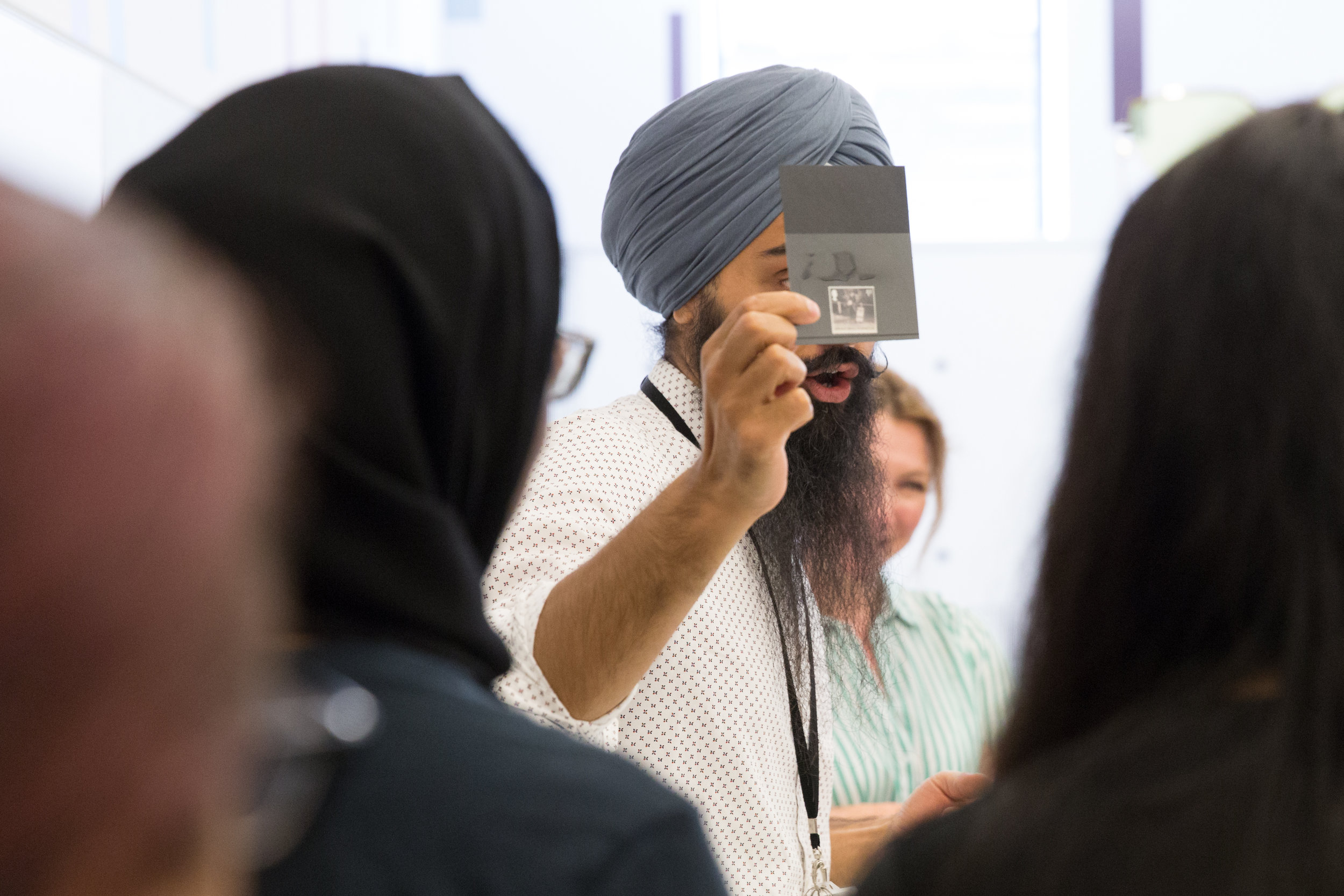
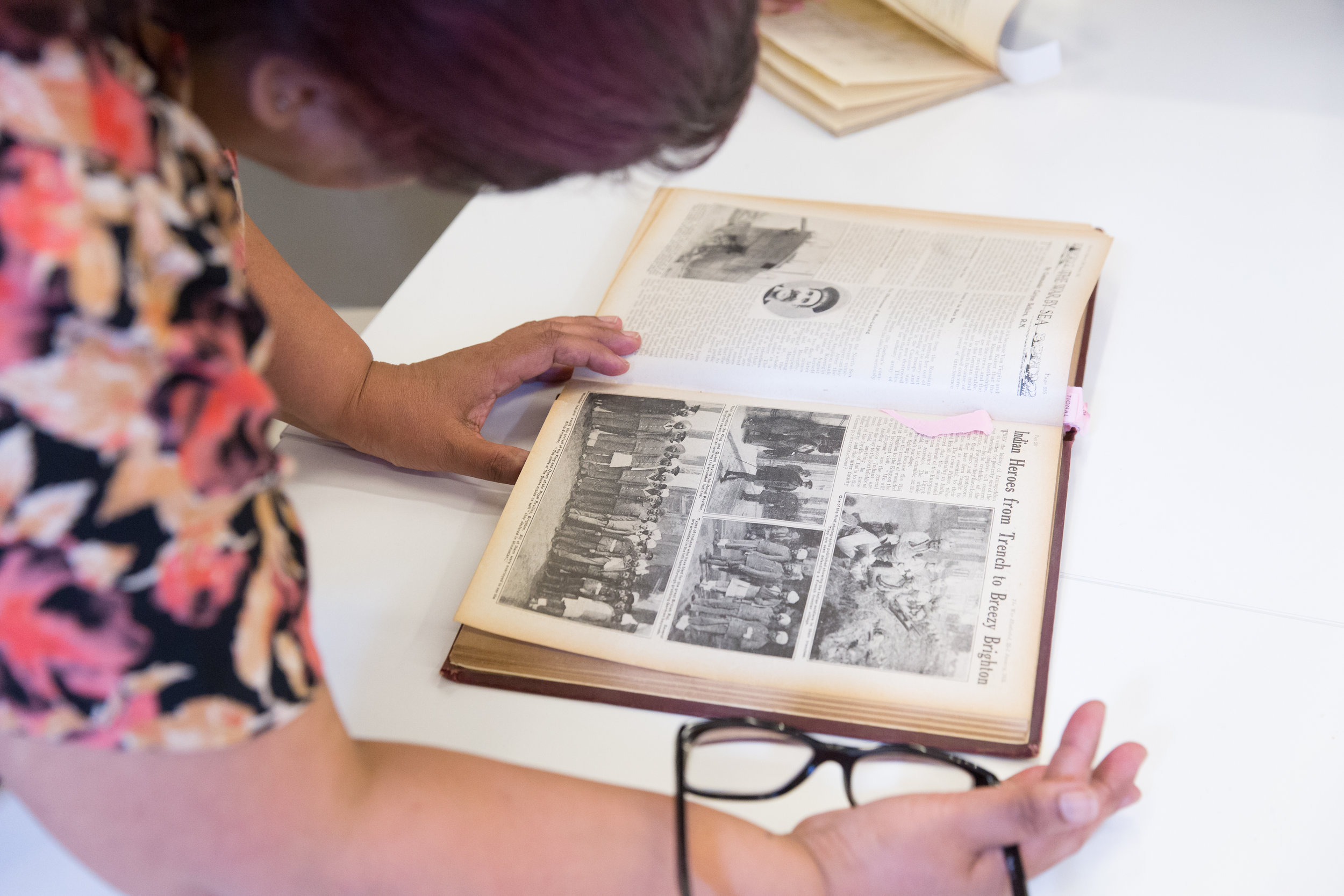


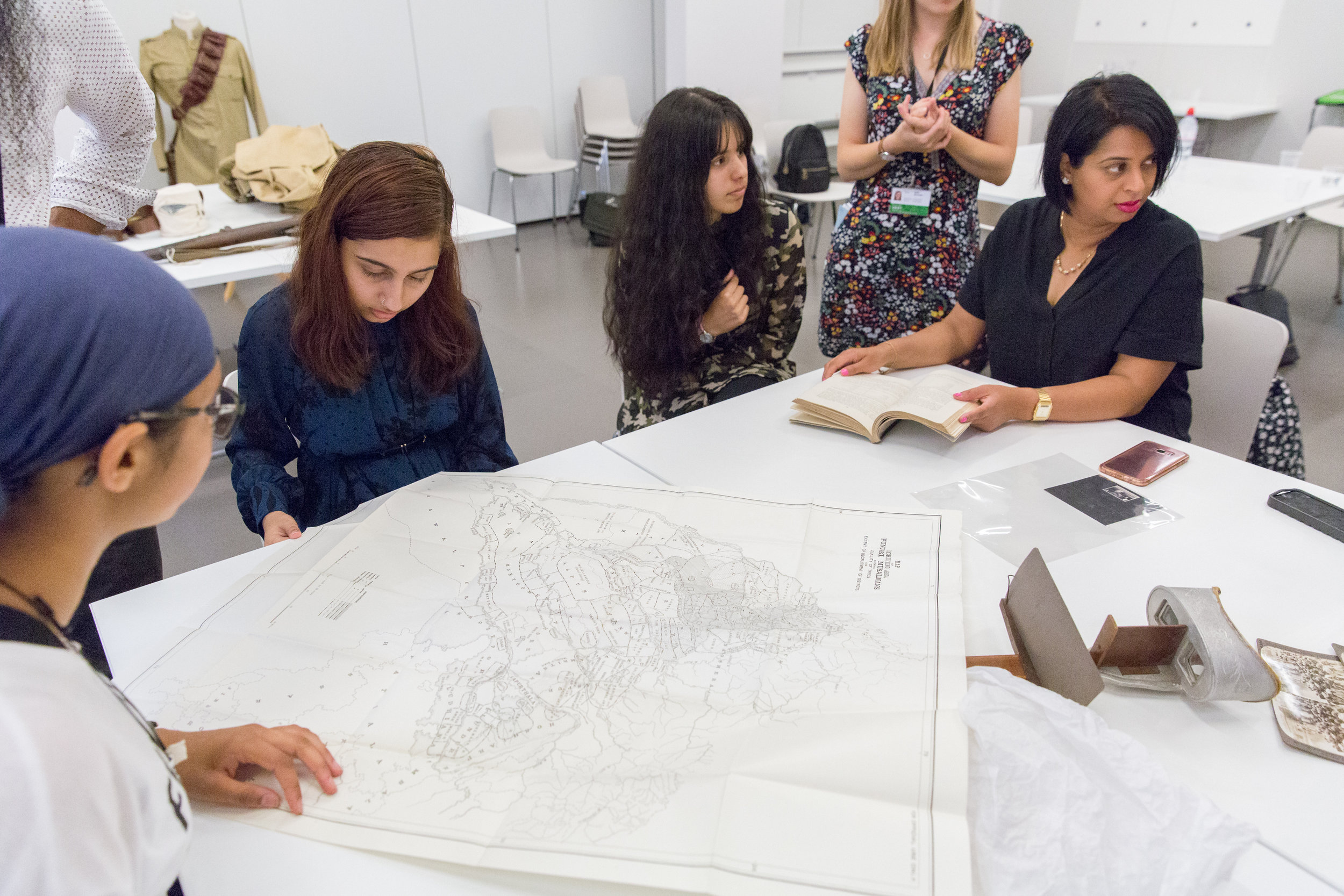


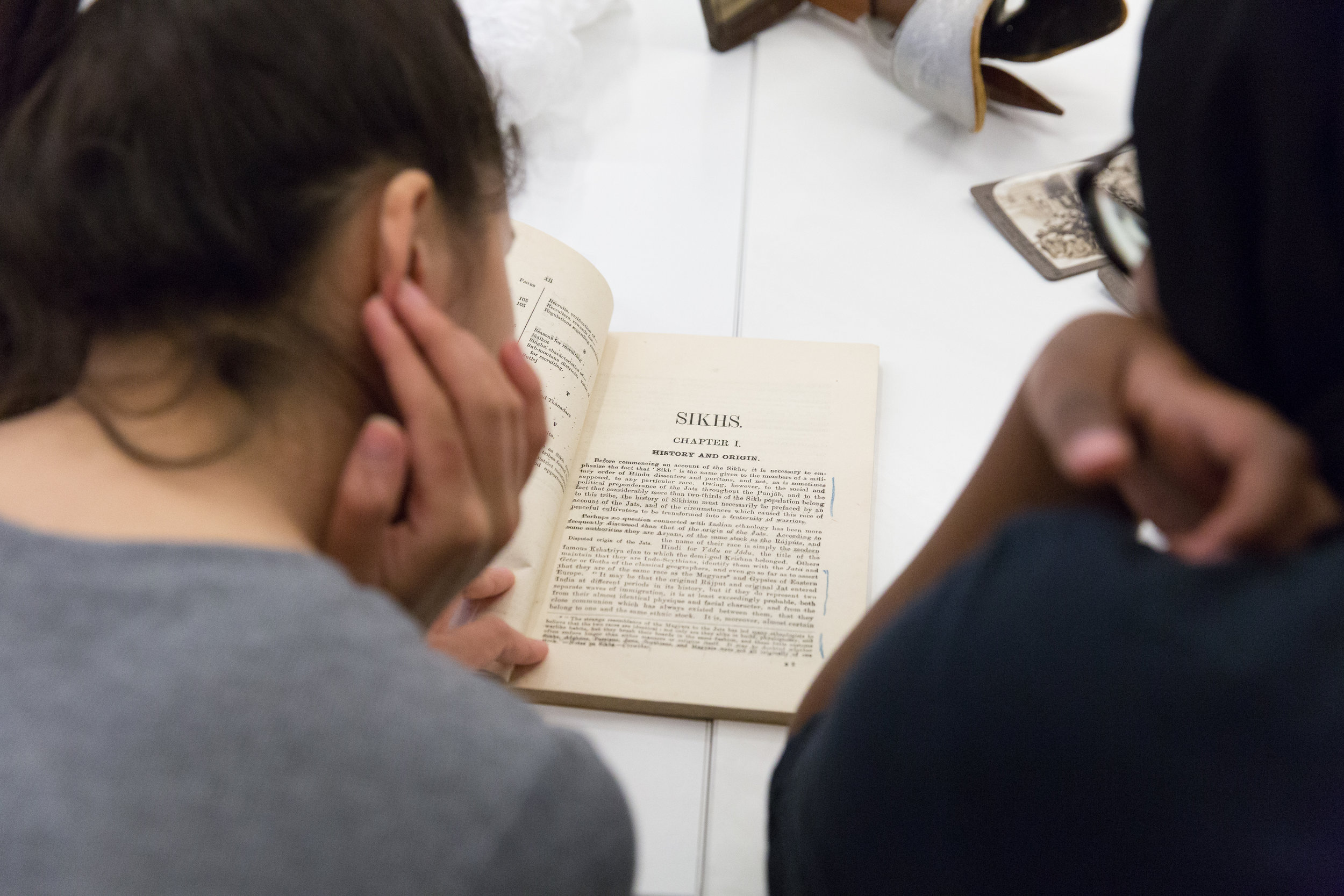


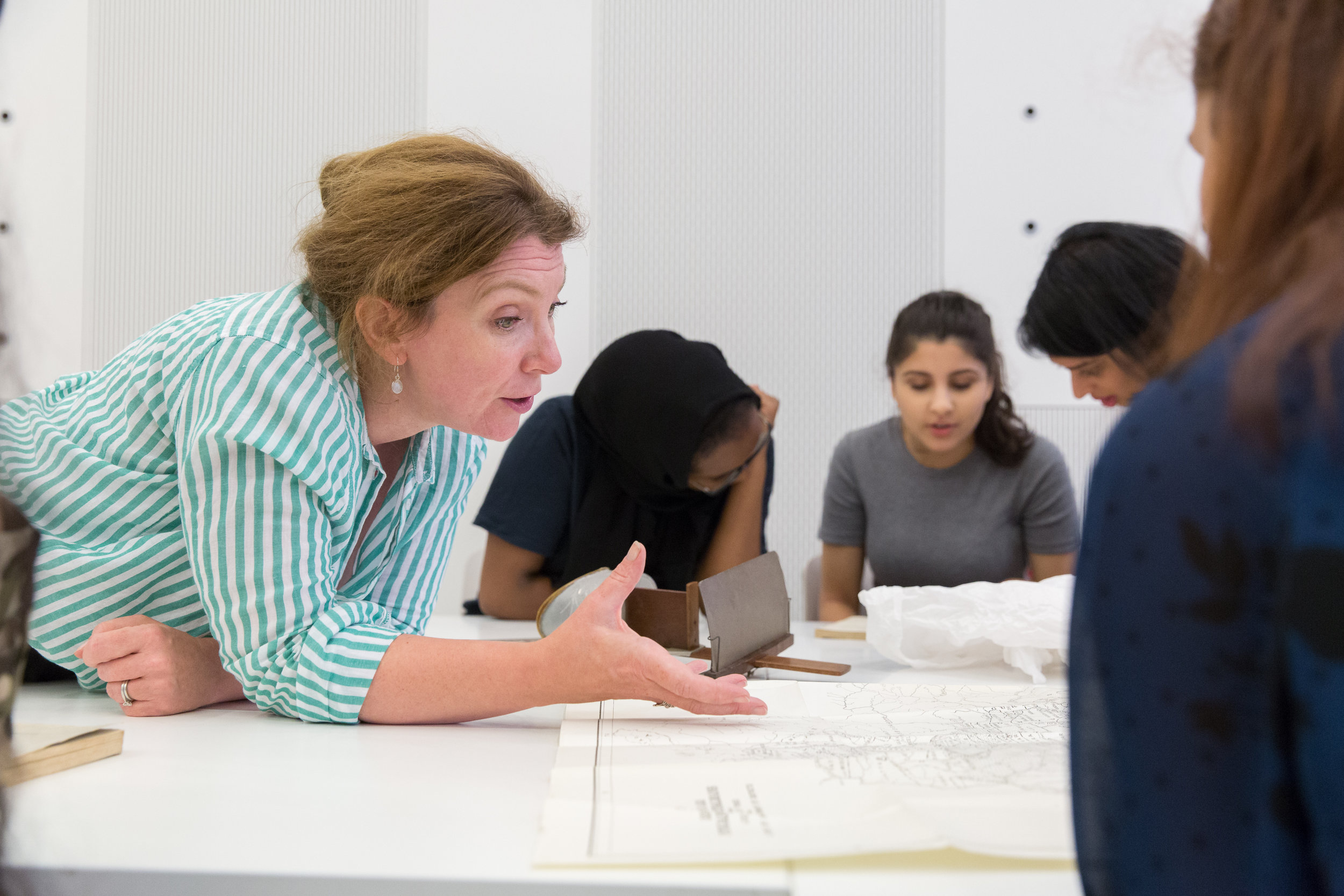



Photography by Raj Gedhu

